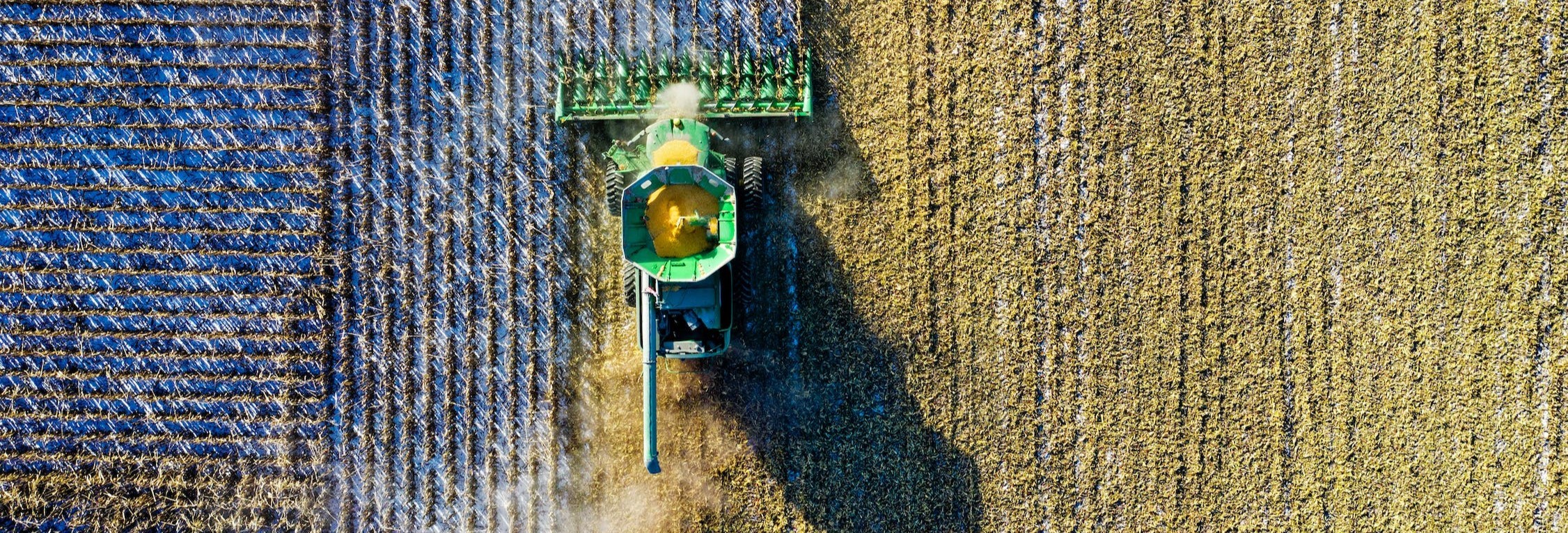Abstract
Copper demand will surge significantly in the context of global renewable energy technology implementation, but its production is an energy-intensive process. It is crucial to choose the best production method to reduce environmental damage in terms of the enormous copper supply. This research develops a multi-criteria life cycle assessment model for the three main copper production routes- pyrometallurgy, hydrometallurgy, and bioleaching. We complied material and energy flow data to assess each route's life cycle greenhouse gas (GHG) emissions, cost, and resource efficiency. Results indicate bioleaching emits the least GHG emissions (4.09 kg-CO2 eq/kg copper) among the three routes. Hydrometallurgy is the most economical production route, costing the least $3.25/kg copper. Nevertheless, either hydrometallurgy or bioleaching will cause a certain amount of resource waste because of uncertain resource efficiency (75%-95%). On the contrary, pyrometallurgy presents the highest copper recovery rate (>98%). This work provides a framework for the decision-making of copper production from the life cycle perspective.
Start Date
7-3-2024 10:30 AM
Recommended Citation
Wu, Xiaohan, "Comparative Life Cycle Assessment of Copper Production" (2024). Graduate Industrial Research Symposium. 11.
https://docs.lib.purdue.edu/girs/2024/posters/11
Included in
Geology Commons, Natural Resources and Conservation Commons, Technology and Innovation Commons
Comparative Life Cycle Assessment of Copper Production
Copper demand will surge significantly in the context of global renewable energy technology implementation, but its production is an energy-intensive process. It is crucial to choose the best production method to reduce environmental damage in terms of the enormous copper supply. This research develops a multi-criteria life cycle assessment model for the three main copper production routes- pyrometallurgy, hydrometallurgy, and bioleaching. We complied material and energy flow data to assess each route's life cycle greenhouse gas (GHG) emissions, cost, and resource efficiency. Results indicate bioleaching emits the least GHG emissions (4.09 kg-CO2 eq/kg copper) among the three routes. Hydrometallurgy is the most economical production route, costing the least $3.25/kg copper. Nevertheless, either hydrometallurgy or bioleaching will cause a certain amount of resource waste because of uncertain resource efficiency (75%-95%). On the contrary, pyrometallurgy presents the highest copper recovery rate (>98%). This work provides a framework for the decision-making of copper production from the life cycle perspective.


